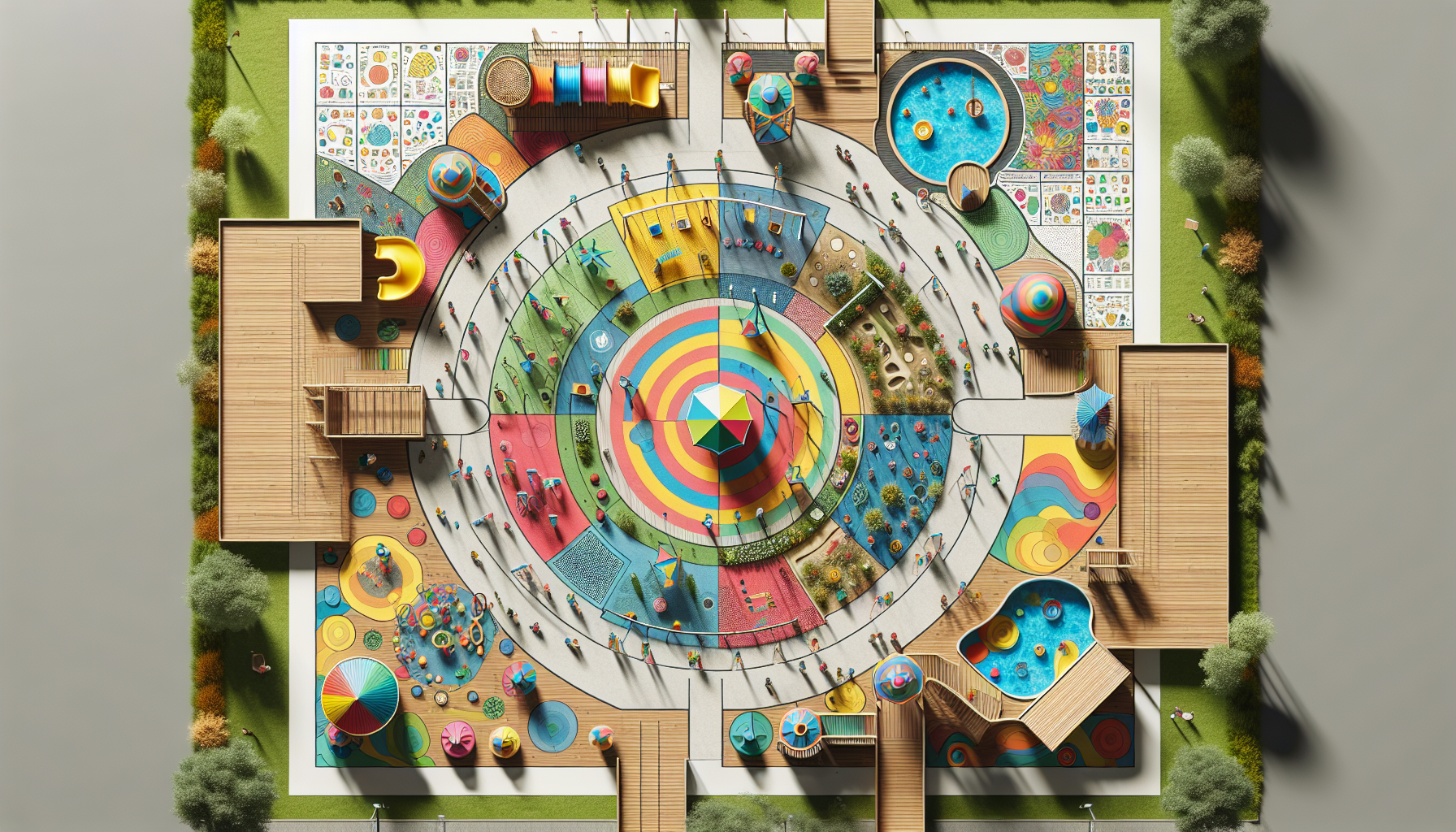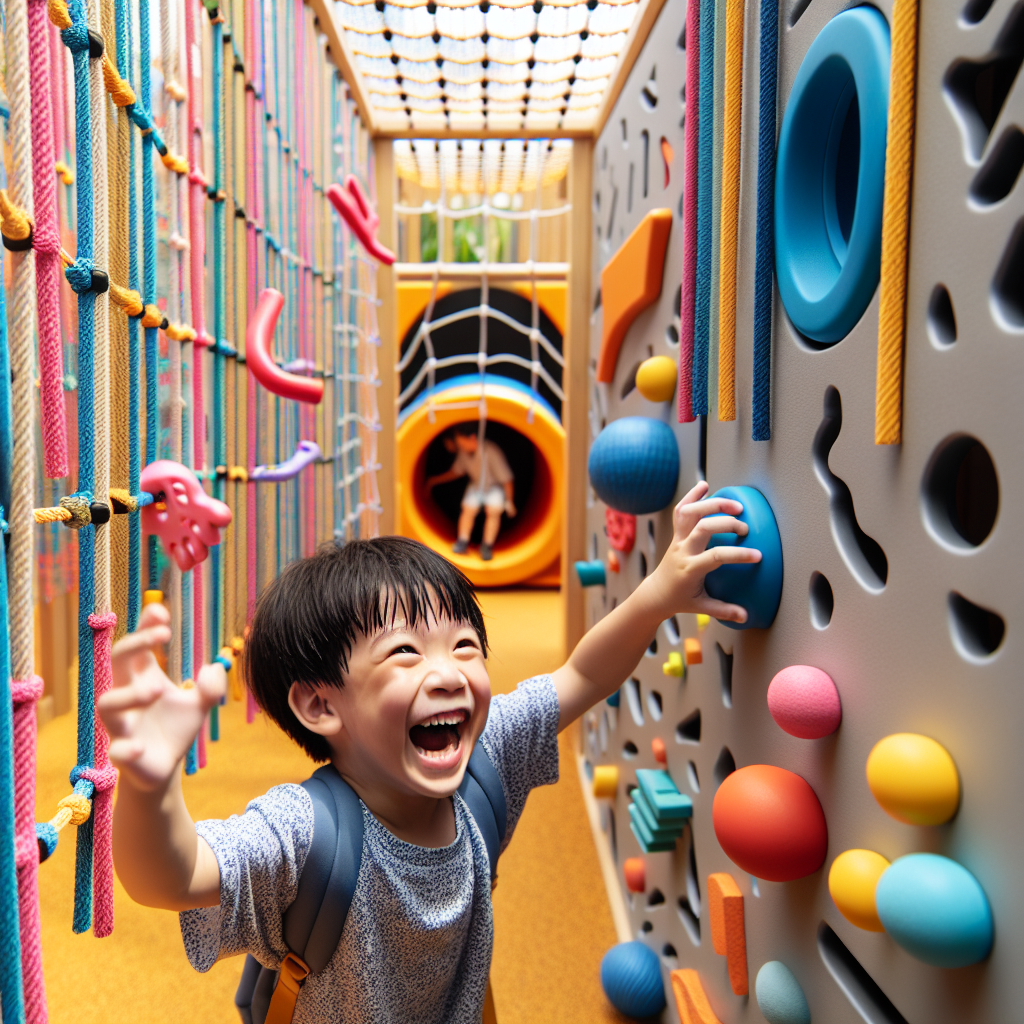Playgrounds are hubs of joy, growth, and learning for children—a place where they can explore, imagine, and develop essential physical and cognitive skills. However, for children with sensory processing disorders or sensitivities, standard playgrounds can be overwhelming and exclusionary. Designing sensory inclusive playgrounds is more than an act of compassion; it’s an essential step towards equality, allowing every child to participate in play, regardless of their sensory needs. This article will explore the importance of such designs and provide insights into how to create playgrounds that cater to all children.
Understanding Sensory Needs
Before delving into design aspects, it’s crucial to understand the spectrum of sensory needs. Some children are hypersensitive to stimuli and may find certain textures, sounds, or movements distressing. Others may be hyposensitive and seek out sensory experiences to help them feel grounded. A well-designed sensory inclusive playground takes both into account, offering a balanced environment that is both stimulating and soothing.
Design Principles
Variety and Choice
A key principle in creating sensory inclusive playgrounds is providing a variety of sensory experiences that children can choose from. This means integrating elements that stimulate all the senses—sight, sound, touch, smell, and proprioception (body awareness).
Safe and Accessible
Safety and accessibility are paramount. The design should accommodate wheelchairs and other mobility devices, have soft surfaces to cushion falls, and ensure that play equipment is sturdy and well-maintained.
Zones of Activity
Creating different zones for active play, quiet play, and social interaction can help children choose an area that suits their sensory preferences at any given time.
Natural Elements
Incorporating natural elements, such as sand, water, and plants, can provide sensory experiences that manufactured materials cannot replicate. These elements can be therapeutic and often have a calming effect on children.
Implementing Sensory Inclusive Features
Tactile Paths
Tactile paths with different surfaces provide a sensory experience for children to walk or crawl on. These paths can be made from materials like rubber, gravel, sand, or grass, each offering a unique tactile sensation.
Sound Gardens
Sound gardens use instruments, such as drums or chimes, that children can play to explore auditory sensations. These should be thoughtfully placed to not overwhelm children who are sensitive to noise.
Visual Stimulation
Bright colors and patterns can be visually stimulating. For children who may find this overstimulating, having areas with muted colors and soft lighting is essential.
Quiet Retreats
Including quiet retreats such as cozy nooks or sensory tents can offer a respite for children who need a break from sensory stimulation.
Interactive Play Equipment
Equipment like swings, slides, and climbing structures should be designed to cater to various sensory needs, with options for gentle or more intense motion.
The Role of Sensory Integration
Sensory integration is the process by which the brain organizes and interprets sensory information. A well-designed playground can serve as a form of sensory integration therapy, helping children with sensory processing challenges to better integrate and respond to sensory information.
Why Sensory Inclusive Playgrounds Matter
Inclusive playgrounds reflect a broader commitment to sensory health and the understanding that a supportive environment can significantly enhance the well-being of children with sensory sensitivities. These playgrounds provide opportunities for all children to engage in meaningful play, promoting inclusivity and empathy in the community.
Real-World Examples and Resources
To further understand the impact of sensory inclusive playgrounds, one can look at real-world examples such as Maggie Daley Park in Chicago or Clemyjontri Park in Virginia. These spaces have been designed with sensory considerations in mind and serve as models for inclusive play spaces.
For those interested in the intricacies of sensory health, resources like the STAR Institute for Sensory Processing Disorder offer a wealth of information on the subject. Likewise, the Inclusive Play Design Guide by Playworld provides practical guidance on creating play spaces that welcome every child.
Building a Sensory Inclusive Playground
When building a sensory inclusive playground, it’s important to involve the community, including children with sensory sensitivities, in the design process. This ensures that the playground will meet the needs of its users. Additionally, consulting with occupational therapists or other professionals who specialize in sensory health can provide valuable insights.
Conclusion
Designing sensory inclusive playgrounds is a multifaceted endeavor that requires a deep understanding of sensory needs, a commitment to safety and accessibility, and a passion for fostering inclusive communities. By incorporating a variety of sensory experiences, creating zones of activity, and ensuring that the playground is welcoming to all, we can build spaces where every child can explore, learn, and thrive through play.
To learn more about sensory health and related strategies, explore articles such as Emotional Regulation Through Sensory-Based Strategies, Creating Adaptive Classrooms for Sensory-Sensitive Students, and The Importance of Early Detection of Sensory Processing Disorders.
By embracing the principles of sensory inclusivity, we can not only enrich the lives of children who require these considerations but also enhance the play experience for all children, teaching them the values of diversity and acceptance from a young age.



